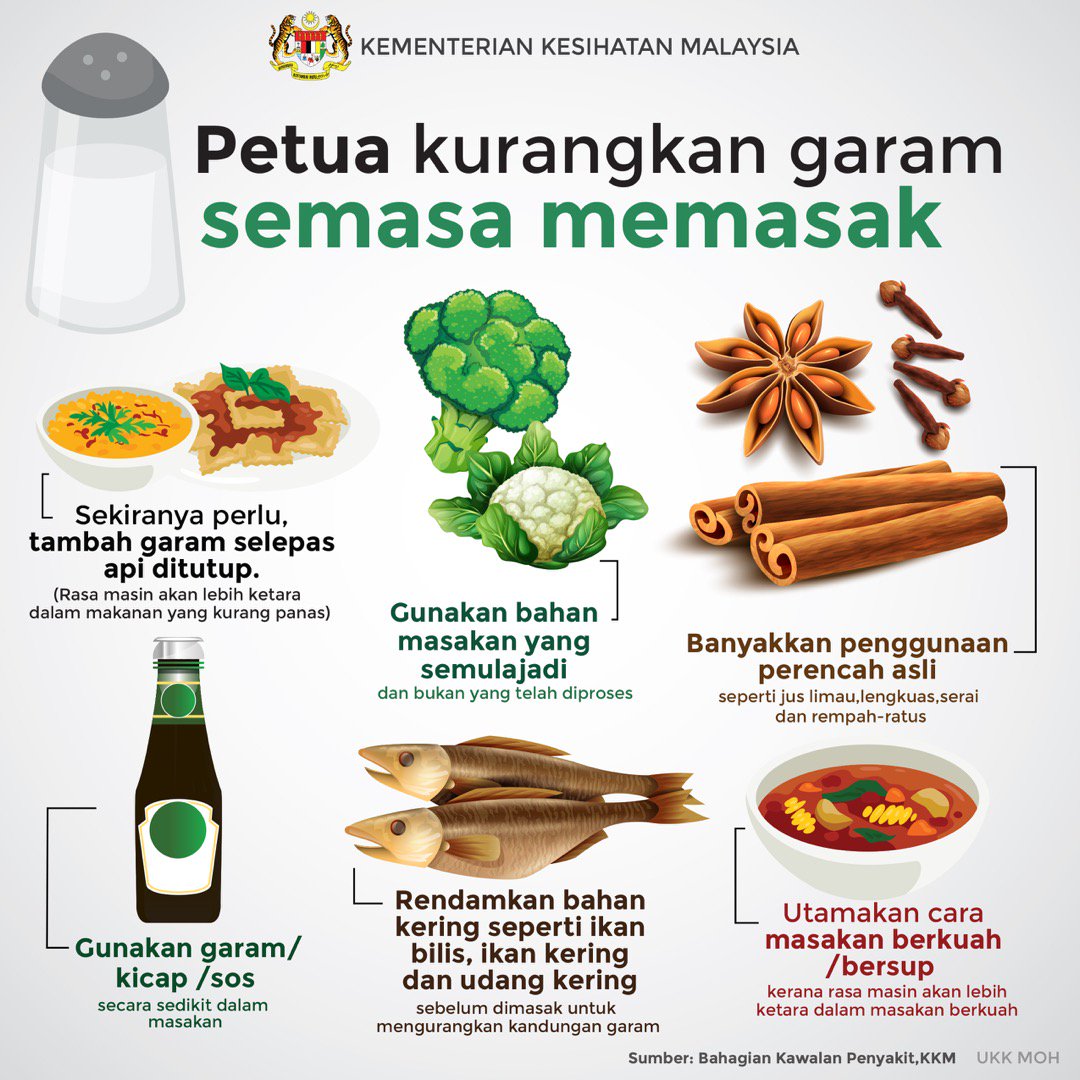Low-Salt Recipes for High Blood Pressure

Low-Salt Recipes for High Blood Pressure: Delicious Ways to Manage Hypertension
Are you or a loved one dealing with high blood pressure? You’re not alone. Hypertension is a common health issue, but it’s manageable with the right diet and lifestyle changes. One of the key factors in managing blood pressure is reducing your sodium intake. Today, we’re diving into some delicious low sodium meals that are perfect for a hypertension diet. Let’s get cooking!
Understanding the Importance of a Low-Sodium Diet
High blood pressure, or hypertension, is often called the “silent killer” because it can go unnoticed for years. One of the best ways to manage it is through your diet. Reducing your sodium intake can significantly lower your blood pressure and improve your overall heart health.
What is a Low-Sodium Diet?
A low-sodium diet is one that restricts your daily sodium intake to less than 2,300 milligrams. For those with hypertension, the American Heart Association recommends aiming for less than 1,500 milligrams per day. This might sound challenging, but with the right heart-healthy recipes, it’s totally doable.
The Benefits of Low-Sodium Meals
Eating low sodium meals can help reduce the strain on your heart and blood vessels. It can also help you maintain a healthy weight, which is crucial for blood pressure management. Plus, you’ll discover a world of flavors beyond salt, making your meals more exciting and diverse.
Salt-Free Seasoning: Spice Up Your Life
Just because you’re cutting back on salt doesn’t mean your food has to be bland. There are plenty of salt-free seasoning options that can add a burst of flavor to your dishes. Herbs like basil, oregano, and thyme, along with spices like paprika, cumin, and garlic powder, can transform any meal.
Breakfast Ideas: Start Your Day Right
Oatmeal with Berries and Nuts
Oatmeal is a great way to start your day. It’s low in sodium and high in fiber, which is great for your heart. Top it off with some fresh berries and a handful of nuts for added flavor and nutrition.
Scrambled Eggs with Spinach
Scrambled eggs are a breakfast staple, and adding spinach boosts the nutritional value. Use a pinch of pepper and a dash of garlic powder for flavor instead of salt.
Lunch Ideas: Fuel Your Afternoon
Grilled Chicken Salad
A grilled chicken salad is a perfect lunch option. Use a variety of colorful veggies and a homemade vinaigrette made with olive oil, vinegar, and herbs. Skip the store-bought dressings, which are often high in sodium.
Quinoa and Vegetable Bowl
Quinoa is a heart-healthy grain that’s low in sodium. Mix it with your favorite veggies, a squeeze of lemon, and a sprinkle of pepper for a flavorful lunch.
Dinner Ideas: End Your Day Deliciously
Baked Salmon with Lemon and Dill
Salmon is rich in omega-3 fatty acids, which are great for your heart. Season it with lemon, dill, and a bit of black pepper. Bake it in the oven for a delicious, low-sodium dinner.
Stuffed Bell Peppers
Stuffed bell peppers are a versatile and flavorful dinner option. Fill them with a mixture of brown rice, ground turkey, and your favorite veggies. Season with herbs and spices instead of salt.
Snack Ideas: Keep Hunger at Bay
Fresh Fruit
Fresh fruit is a great snack option. It’s naturally low in sodium and high in vitamins and minerals. Apples, bananas, and berries are all excellent choices.
Hummus and Veggies
Hummus is a tasty dip that’s low in sodium when made at home. Pair it with fresh veggies like carrots, cucumbers, and bell peppers for a satisfying snack.
Hydration: Don’t Forget to Drink Up
Staying hydrated is crucial for blood pressure management. Aim for at least eight glasses of water a day. You can also enjoy herbal teas, which are naturally low in sodium and can be quite soothing.
Tips for Cooking Low-Sodium Meals
Read Labels
Always read the labels on packaged foods. Many processed foods are high in sodium, so it’s important to choose wisely.
Use Fresh Ingredients
Fresh ingredients are naturally lower in sodium than their canned or processed counterparts. Opt for fresh fruits, vegetables, and lean proteins.
Experiment with Herbs and Spices
Don’t be afraid to get creative with herbs and spices. They can add a ton of flavor to your dishes without the need for salt.
Conclusion
Managing high blood pressure doesn’t have to mean sacrificing flavor. With the right heart-healthy recipes and a bit of creativity, you can enjoy delicious low sodium meals that support your hypertension diet. Remember, small changes can make a big difference in your health. For more information on heart health, visit www.heart.org.
FAQs
What is considered a low-sodium diet?
A low-sodium diet typically restricts your daily sodium intake to less than 2,300 milligrams. For those with hypertension, aiming for less than 1,500 milligrams per day is recommended.
How can I add flavor to my food without salt?
You can add flavor to your food without salt by using herbs, spices, and other seasonings like garlic powder, onion powder, and pepper. Fresh herbs like basil, oregano, and thyme can also enhance the taste of your dishes.
What are some good low-sodium snack options?
Some good low-sodium snack options include fresh fruit, homemade hummus with veggies, unsalted nuts, and plain yogurt with honey.
How does a low-sodium diet help with hypertension?
A low-sodium diet helps with hypertension by reducing the strain on your heart and blood vessels. It can also help you maintain a healthy weight, which is crucial for blood pressure management.
What are some tips for cooking low-sodium meals?
Some tips for cooking low-sodium meals include reading labels on packaged foods, using fresh ingredients, and experimenting with herbs and spices to add flavor without salt.

Belum ada Komentar untuk " Low-Salt Recipes for High Blood Pressure"
Posting Komentar